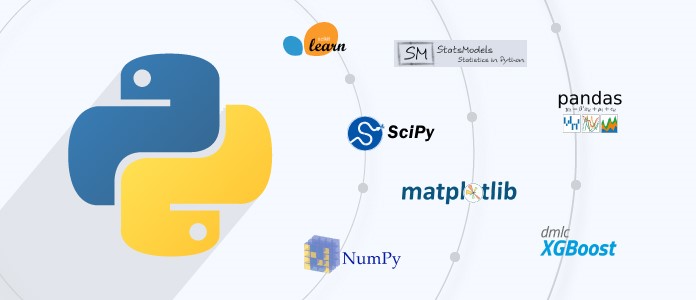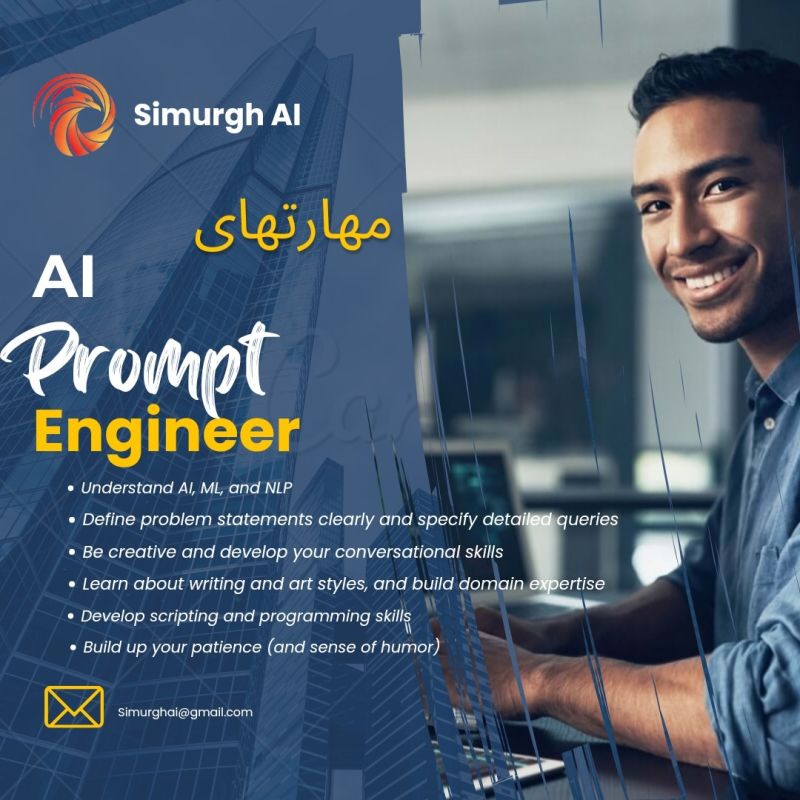معرفی کتابخانه های پایتون

Data science has become an indispensable part of modern businesses and research. To effectively analyze and make sense of large datasets, data scientists rely on a wide range of libraries and tools. In this post, we have provided a brief overview of 24 popular data science libraries and tools that are commonly used for data analysis, machine learning, natural language […]
Mastering the Art of AI Prompt Engineering – 6 Must-Have Skills for Prompt Engineers

As the generative AI field experiences unprecedented growth, AI prompt engineering emerges as a promising and lucrative career path. To excel as a professional AI prompt engineer, you should focus on acquiring and refining the following six crucial skills. • Focus on a speciality. Prompt engineering is a broad field. Develop expertise in a particular domain like customer service, content generation, diagnostics, […]
AI-Powered Water Pollution Prevention Project Launched in South-West England

An AI-powered pilot project has been launched in south-west England to predict water pollution before it happens. CGI and Ordnance Survey are collaborating on the project, which is being trialled in the North Devon Biosphere Reserve. Sensors placed in rivers and fields will build a picture of the state of local rivers, rainfall and soil. AI will combine that […]
The Impact of AI on Microsoft’s Stock: Record Highs and Future Predictions

Microsoft’s stock reached a record high on Thursday following optimistic predictions from executives regarding the company’s potential revenue in artificial intelligence (AI). Analysts from JPMorgan Chase highlighted Microsoft’s growth prospects in AI, which has been a popular topic in the tech industry throughout the year. Microsoft has heavily invested in OpenAI, which released the ChatGPT chatbot in November 2021, leading to […]
Artificial Intelligence: Exploring the Benefits, Risks, and Regulations of AI Technology

Artificial Intelligence (AI) is rapidly evolving and transforming various aspects of modern life. However, concerns have been raised about its potential for malicious use and its impact on jobs. AI enables computers to think, act, and respond like humans by analyzing vast amounts of data and identifying patterns to make predictions, solve problems, and learn […]
Revolutionizing Customer Experience: How AI is Changing the Way Companies Connect with Customers

Using artificial intelligence, companies can improve the customer experience and provide personalized and more efficient experiences for their customers. For example, companies such as Amazon and Netflix use intelligent recommendation algorithms to suggest products and similar programs to their customers. Additionally, companies like Uber and Lyft use AI to predict driver arrival times and to adjust prices based on supply and demand. Furthermore, companies can use chatbots to provide […]

